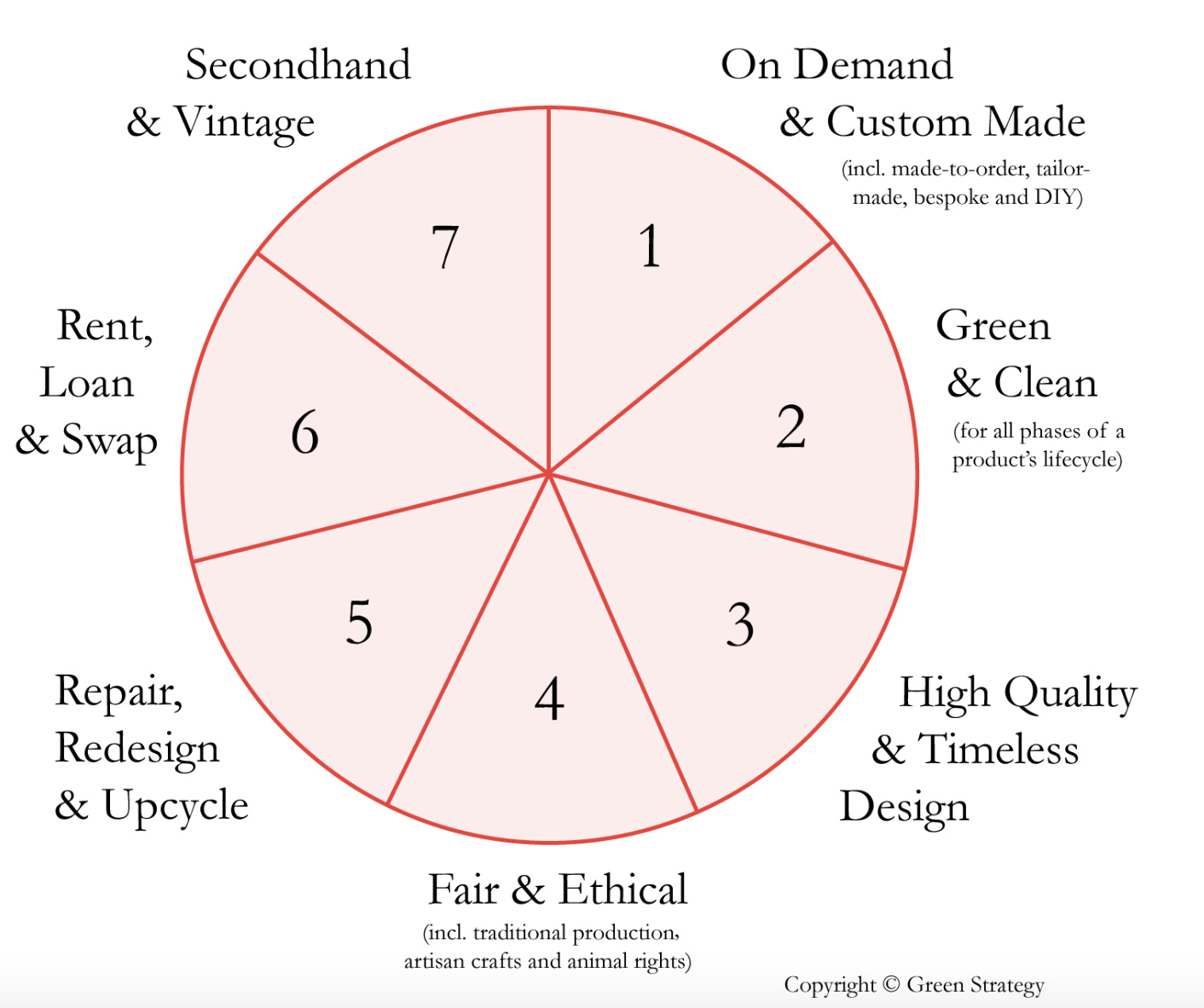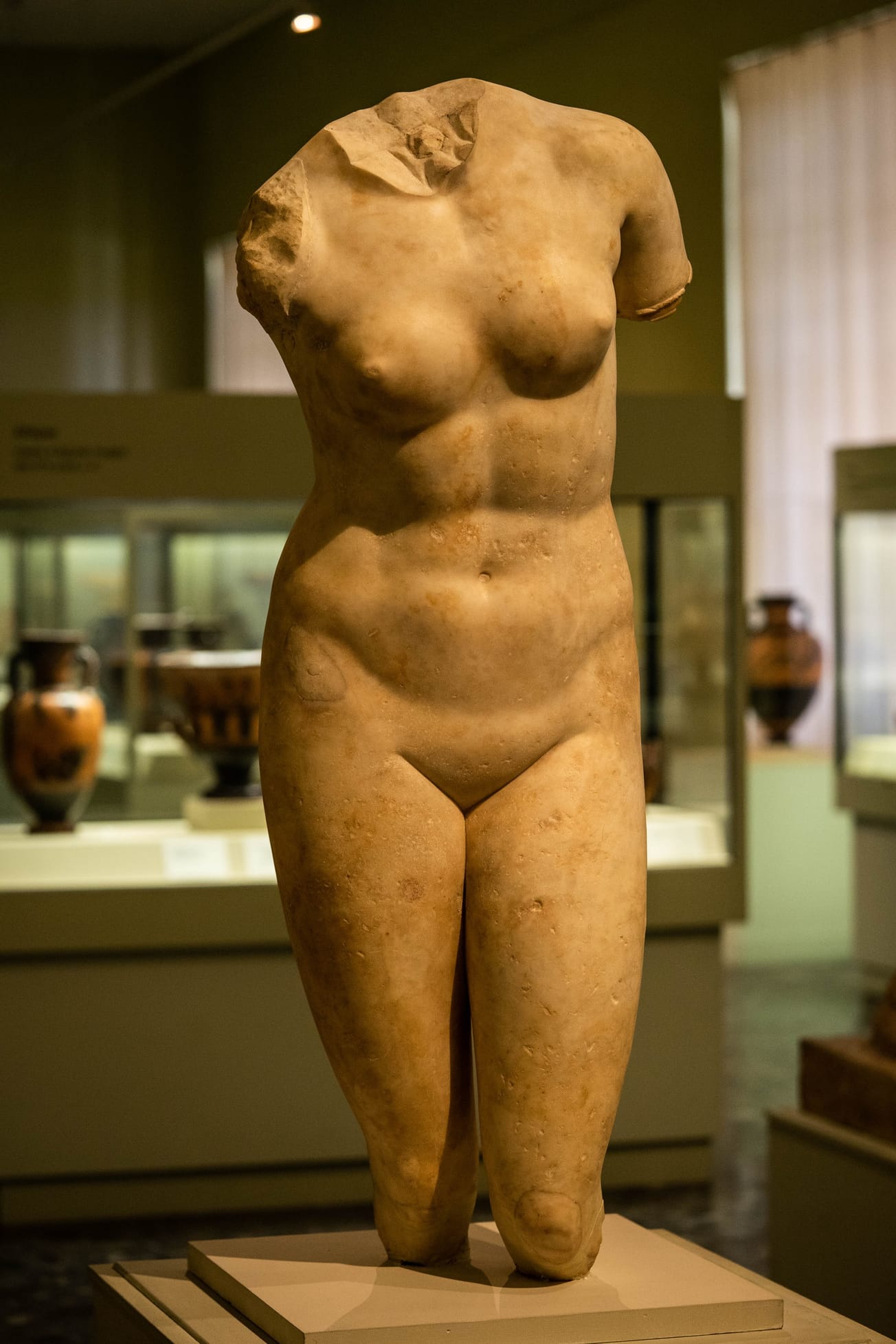Second year English Literature student Jessica Smith gives the Style section her top tips on maintaining a sustainable wardrobe. Think up-cycling from charity shops, Livia Firth's #30years campaign, and unfollowing fast-fashion social media accounts.
This year, the wider fashion industry will be putting their energy into new techniques and innovations to increase sustainability. Ethical, sustainable fashion has always seemed expensive and inaccessible to the average shopper; but recently, many high-street brands have opted to create more conscious collections – for example H&M’s new fashion and lifestyle brand Arket. Whilst incorporating sustainability into their manufacturing process, the company have defined the brand concept around longevity, emphasising quality over a ‘fast-buy’ consumer attitude.
H&M Launches New Brand: Arket https://t.co/XRoJKexxRh vía @BoF
— Dimest (@dimest_co) January 4, 2018
Whilst this is a great step forward for the fashion industry and the environment as a whole, it’s a move that will mostly affect future buyers, not those of us who already have an abundance of less eco-friendly items. So, instead of splashing out on a whole new wardrobe, there are ways to make your current one sustainable, and of course to make more sustainable choices in the future.
Firstly, I cannot stress the benefits of going vintage! Being in Bristol, this isn’t even something that would seem like a consciously sustainable choice, or an extra effort, as it seems to be second nature to all (myself included, no digs); but it makes a huge impact on ethical consumerism. Items that would otherwise be going to waste are now offered a new lease of life, for a fraction of the cost of ‘vintage-look’ items offered in high-street stores. Charity shops, though often filled with questionable relics from what would seem like the 1930s, are also a great way to find pieces you can up-cycle if you’re willing to put the time into learning your way around a sewing-machine, or just plain old needle and thread. Not to mention donating your unwanted clothes – I know I have countless items shoved in the back of my wardrobe that someone else might really appreciate. Donating is honestly really easy, follow this link if you want to find out more

Image: Green Strategy, 7 steps towards a sustainable wardrobe.
Livia Firth, of Eco Age, began the #30wears campaign, calling on buyers to make more ethical, and more rational choices. She says, "The biggest message is every time you buy something, always think, 'Will I wear it a minimum of 30 times?' If the answer is yes, then buy it. But you'd be surprised how many times you say no." Making wiser choices, for example, opting for something with longevity instead of a statement piece that you’ll shudder at the thought of wearing in a few months’ time, can also hugely benefit your bank account.
The same goes for buying trans-seasonal pieces; jeans, T-shirts, classic dresses, timeless coats and jackets will make for a much more sustainable wardrobe living in Britain’s unique (by which I mean unpredictable) climate. That spring/summer collection made entirely out of pristinely white linen may be gorgeous, but you shouldn’t have to fork out for something you’ll wear for a few months at most. That isn’t to say you need to stick to basics, with many accessible brands offering staple items in luxurious prints or fabrics. Just be conscious to make more suitable choices in keeping with the #30wears mind-set, you might notice how much easier it is to piece together an outfit for that dreaded 9am too.
Getting into ethical fashion involves changing your buying habits for the better: with less trends, your wardrobe will slowly collect classic pieces and accessories that you know suit your body and your own personal style. Perhaps take a style tip from the modern Parisian woman, “She’s a girl who could care less. She’s not looking to put herself into a box or follow any of the rules” – Instagram ‘It-girls’ @jeannedamas and @sabinasocol know how to work a pale denim Levis 501 or a ballet pump into any outfit, and they always look effortlessly polished.
It’s definitely a good idea to invest time working out your own personal style and what suits you best from the start of your journey to ensure you’ll love your clothes for as long as they last you. Unsubscribe from fast-fashion brands that bombard your social media with a ‘must-have’ item or accessory every week, especially if they don’t fit your own ethics.
Lastly, respect your current wardrobe – it may not be wholly ethical or eco-friendly but it’s yours! I’m not saying that simply because a jacket you bought a few years ago is made of real leather you have to throw out. You bought it, you love it and it’s a part of your style after all. Sustainable fashion is still in its infancy, but it’s reach is extending rapidly. We may not have the platform to tell Zara or Urban Outfitters to manufacture ethically, but we can make small changes to our own buying habits that will start to make these companies listen.
Featured Image: @Shanna Cameilleri / unsplash.com
Have you got any tips for creating a sustainable wardobe? Let us know:
Facebook, Twitter, Instagram









